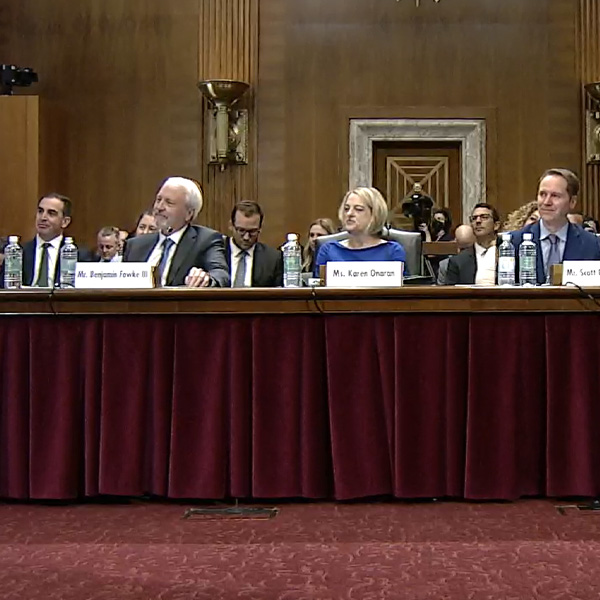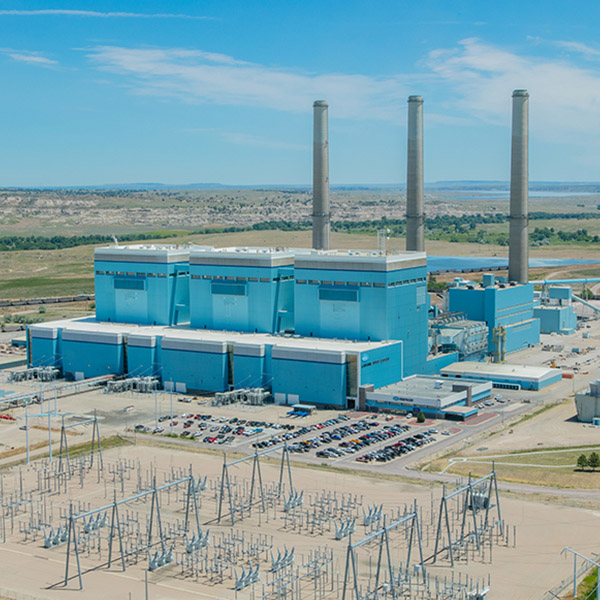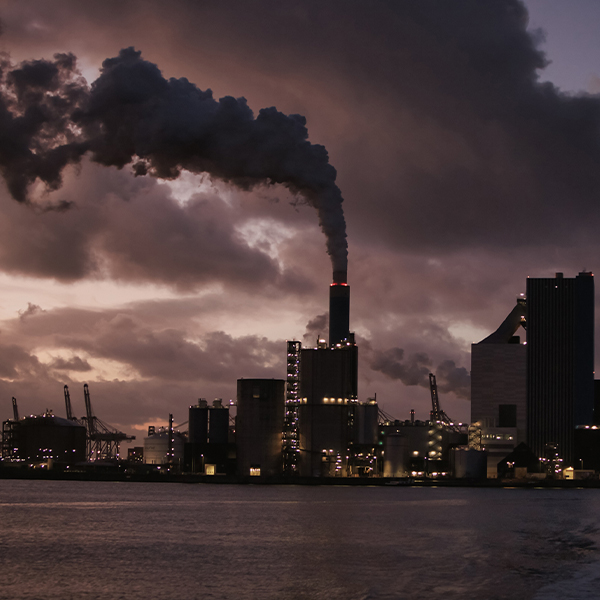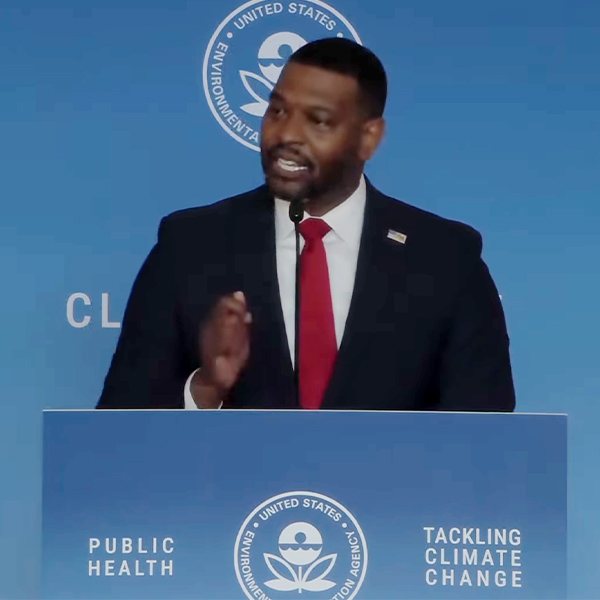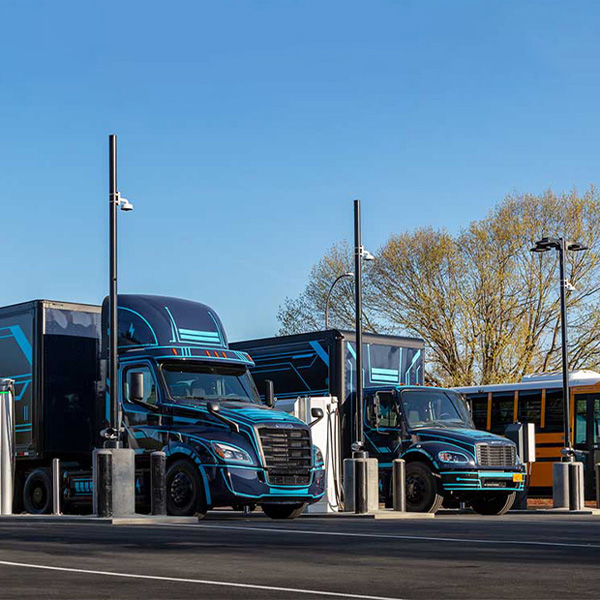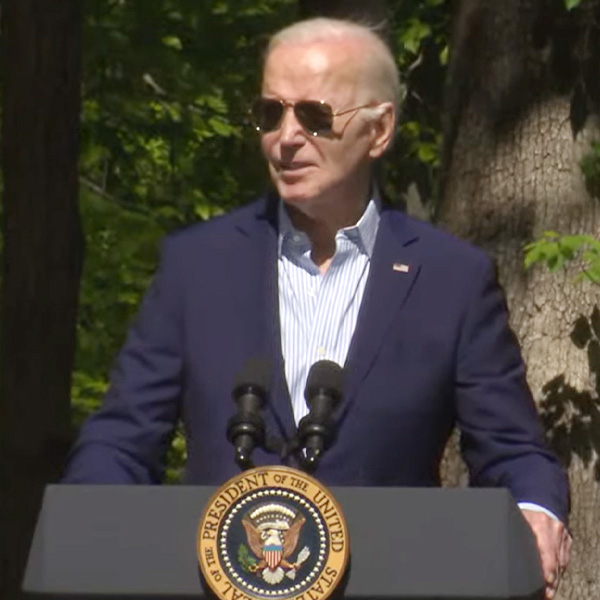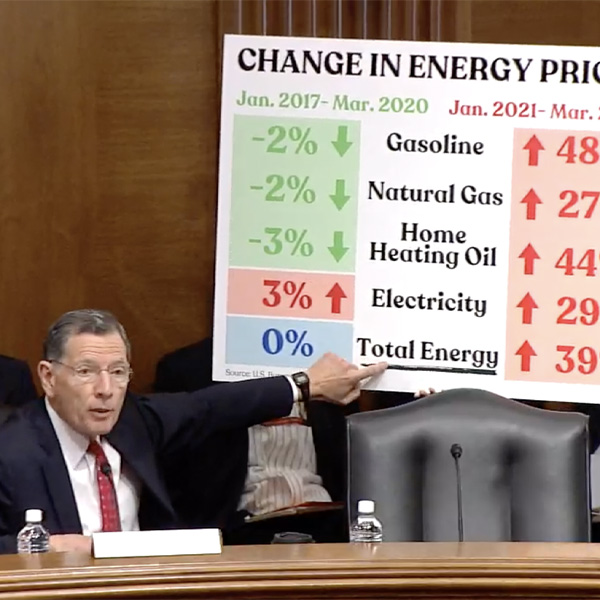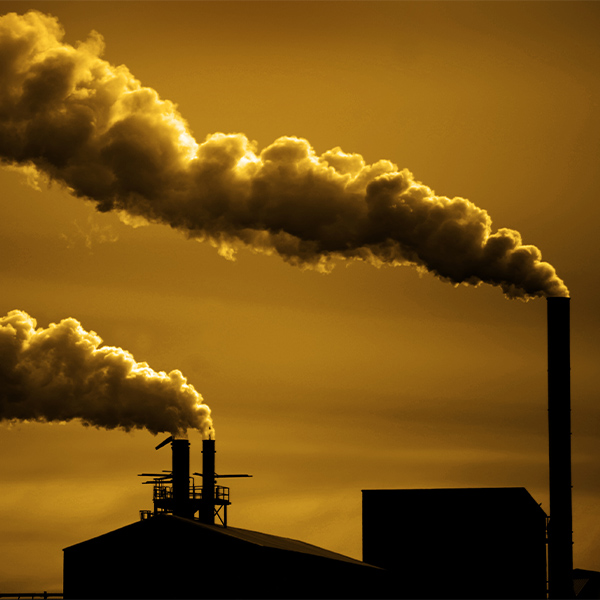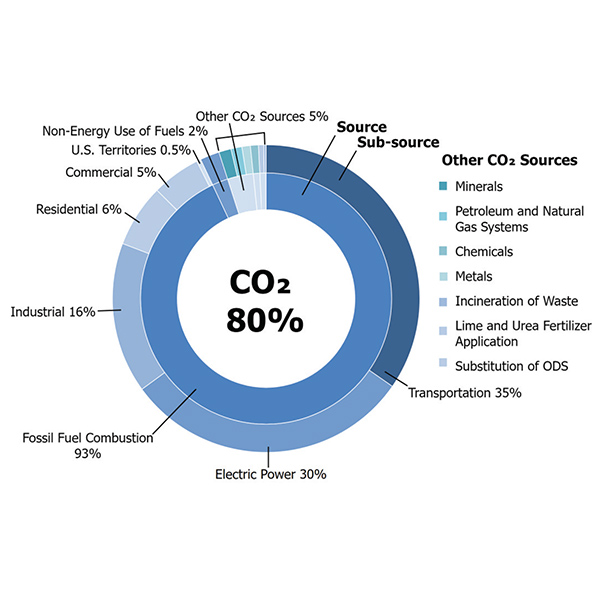U.S. Enviromental Protection Agency (EPA)
Sen. Joe Manchin rebuffed Majority Leader Chuck Schumer's assertion that permitting reform was dead in the current Congress during an Energy and Natural Resources Committee hearing on load growth from data centers.
SPP told members the EPA’s final rule curbing greenhouse gas emissions from power plants could hamper the nation’s ability to provide reliable service during the “swift” transition from fossil fuels to renewables.
Republican state attorneys general sued EPA seeking to stop implementation of the agency’s final rule aimed at slashing greenhouse gas emissions from existing coal plants and new natural gas plants.
EPA issued a final rule meant to strengthen, expand and update methane emissions reporting requirements for oil and natural gas systems, as required by the Inflation Reduction Act.
Coal-fired power plants nationwide will either have to close by 2039 or use carbon capture and storage or other technologies to capture 90% of their emissions by 2032 under EPA’s long-awaited final rule.
EPA announced nearly $1 billion in grants from the Inflation Reduction Act to help cities, states, territories and school districts trade in their diesel-burning heavy-duty trucks and buses for new zero-emission vehicles.
President Joe Biden announced $7 billion in funding from the Inflation Reduction Act, to be used by states and nonprofits across the country to install solar in low-income and disadvantaged communities.
Energy Secretary Jennifer Granholm defended her department’s $51 billion budget proposal for FY25 before hostile Republicans on the Senate Energy and Natural Resources Committee.
EPA rejected an industry petition to exempt stationary combustion turbines from hazardous air pollutant regulations.
The topline figures from EPA’s new inventory of U.S. greenhouse gas emissions from 1990 to 2022 show the country’s slow and uneven progress toward President Joe Biden’s goal of cutting emissions by 50 to 52% below 2005 levels by 2030.
Want more? Advanced Search
